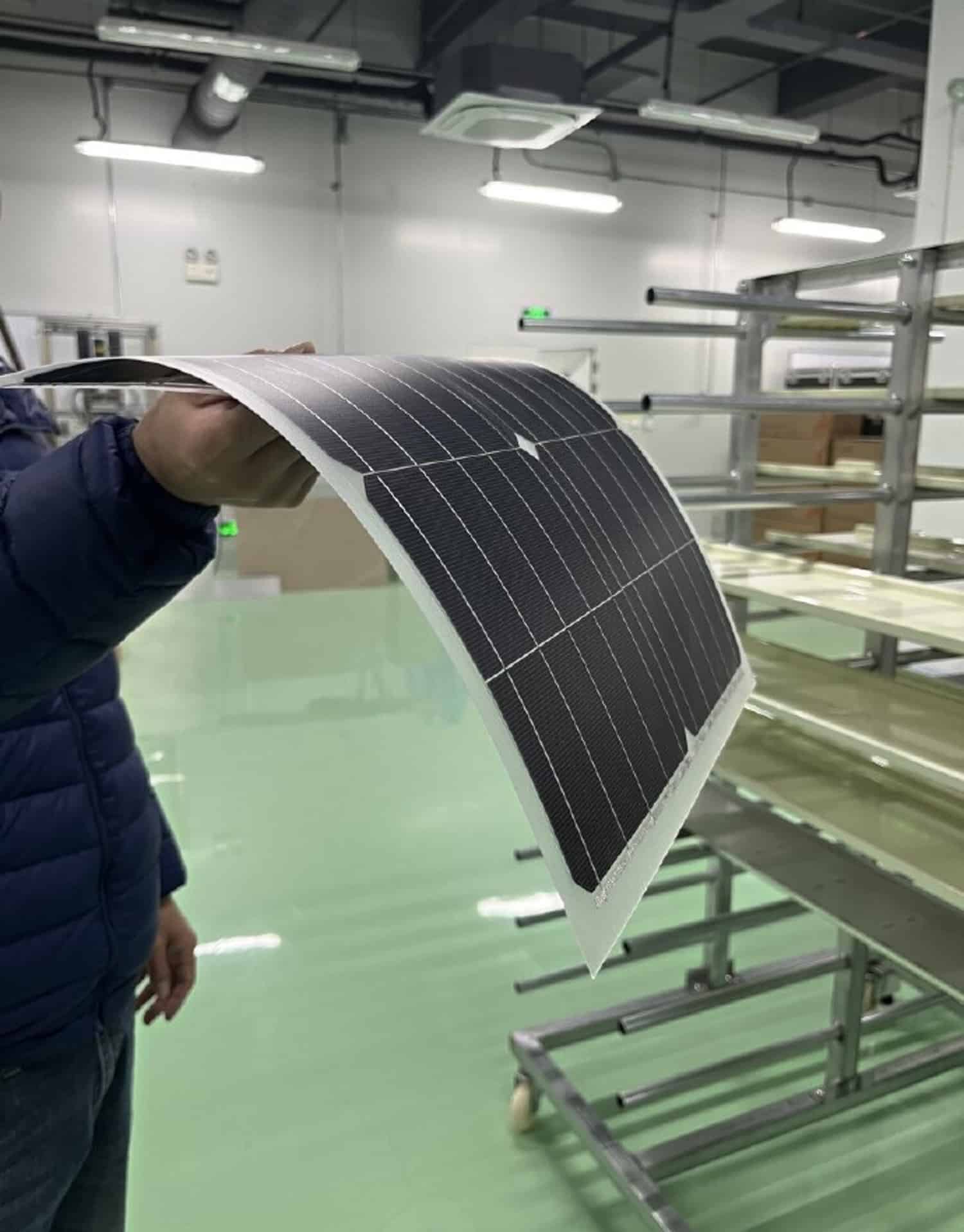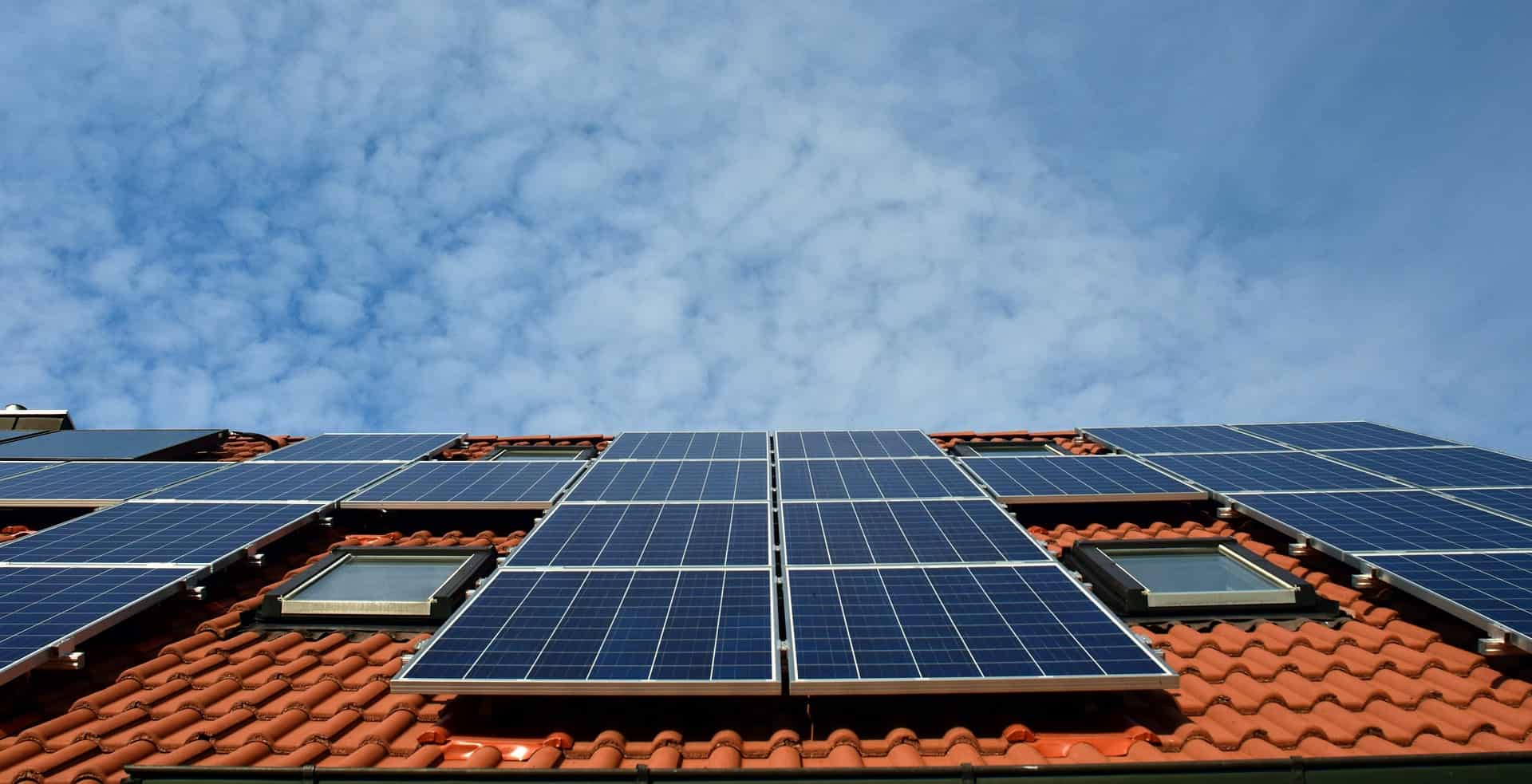
Thin-film solar panels are gaining attention as researchers work to enhance their efficiency and adoption. These panels differ from traditional ones as they use semiconductor materials like CdTe, CIGS, or a-Si, deposited as thin layers onto a substrate. Advantages include being lightweight, flexible, and cost-effective, with better performance in low-light conditions and a higher tolerance to shading. However, they tend to have lower efficiency, requiring larger surface areas to generate the same power output. Additionally, thin-film materials are more prone to degradation, leading to shorter lifespans. The Laboratory for Thin Film Energy Materials at TalTech is focusing on optimizing the functionality and performance of these materials, aiming to overcome challenges and improve the viability of thin-film solar panels for sustainable energy solutions.
- A lot of research is being done on thin-film solar panels.
- They offer more flexibility and easier integration.
- However, production efficiency and lifespan remain challenges.
Thin-Film solar panel technologies
There are three major thin-film solar cell technologies: amorphous silicon (α-Si), copper indium gallium selenide (CIGS), and cadmium telluride (CdTe). These technologies are classified as second-generation solar cells, while newer, emerging materials are considered third-generation solar cells. The high absorption coefficient of these absorber materials is about 100 times higher than crystalline silicon (c-Si), allowing them to harness more than 90% of the incident solar light with a material thickness of just 1-2 micrometres.

Amorphous silicon (α-Si) suffers from low efficiency and light-induced degradation, making it almost extinct in terrestrial applications. On the other hand, CIGS and CdTe hold the greatest promise for the future of thin-film solar cells. The module efficiencies of CIGS and CdTe technologies are now approaching those of crystalline solar cells, which currently possess more than 55% of the market share.
Thin-Film solar panel applications
Thin-film solar cells have various applications, such as transparent solar cells and building-integrated photovoltaics (BIPV). Their flexibility and suitability for building integration make them an attractive option for architects and designers. With the efficiency increase in perovskite solar cells, thin-film PVs have the potential to become a low-cost alternative for commercially available solar cell technologies. However, the main challenges for thin-film technologies, including perovskite solar cells, are their stability and the toxicity involved in the manufacturing process.
Researchers at the Laboratory for Thin Film Energy Materials at TalTech are working on projects that involve the deposition of thin films using techniques such as spray pyrolysis, chemical spray, sol-gel, and wet chemical deposition. By exploring different deposition techniques and optimizing the properties of the thin film materials, they aim to enhance the performance and viability of thin-film solar panels for practical applications.

Overcoming challenges
As researchers continue to develop thin-film solar cell technologies, the focus is on addressing the challenges of lower efficiency and shorter lifetimes. By investigating the properties and performance of these thin film materials, they strive to optimize their functionality for specific applications. For example, the Laboratory for Thin Film Energy Materials at TalTech is working to improve the efficiency and durability of thin-film solar cells.
While thin-film solar panels currently hold only a small portion of the global market share (around 5%), advancements in efficiency and new materials could potentially increase their adoption in the future. The development of thin-film solar cells with high conversion rates comparable to crystalline silicon cells can make them an attractive option for sustainable energy solutions, particularly in the BIPV field.





